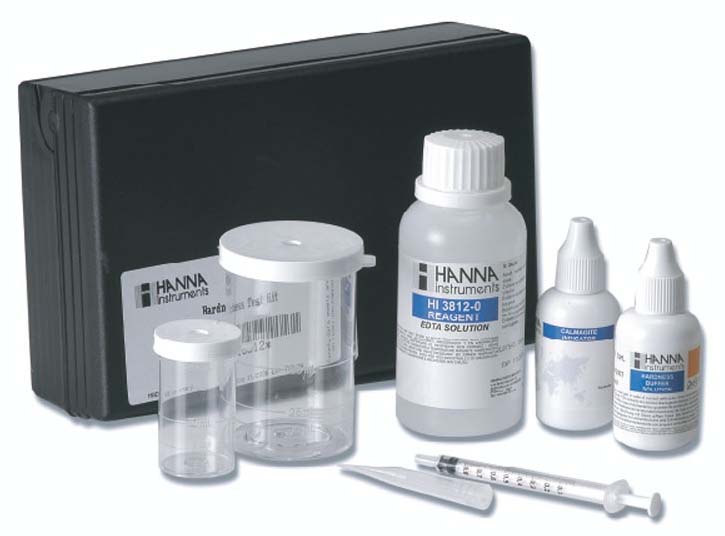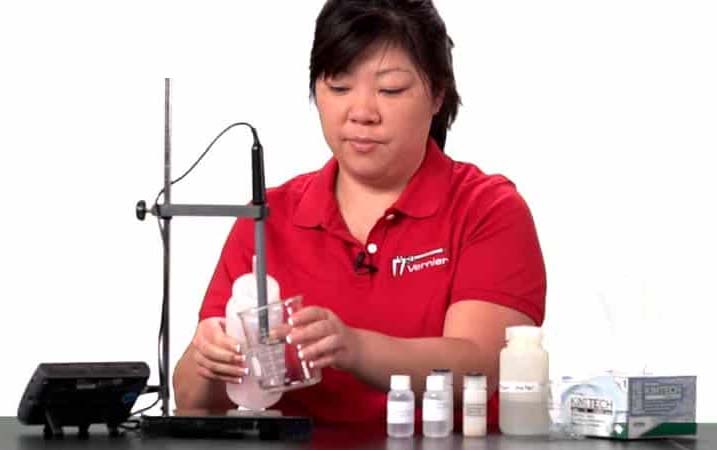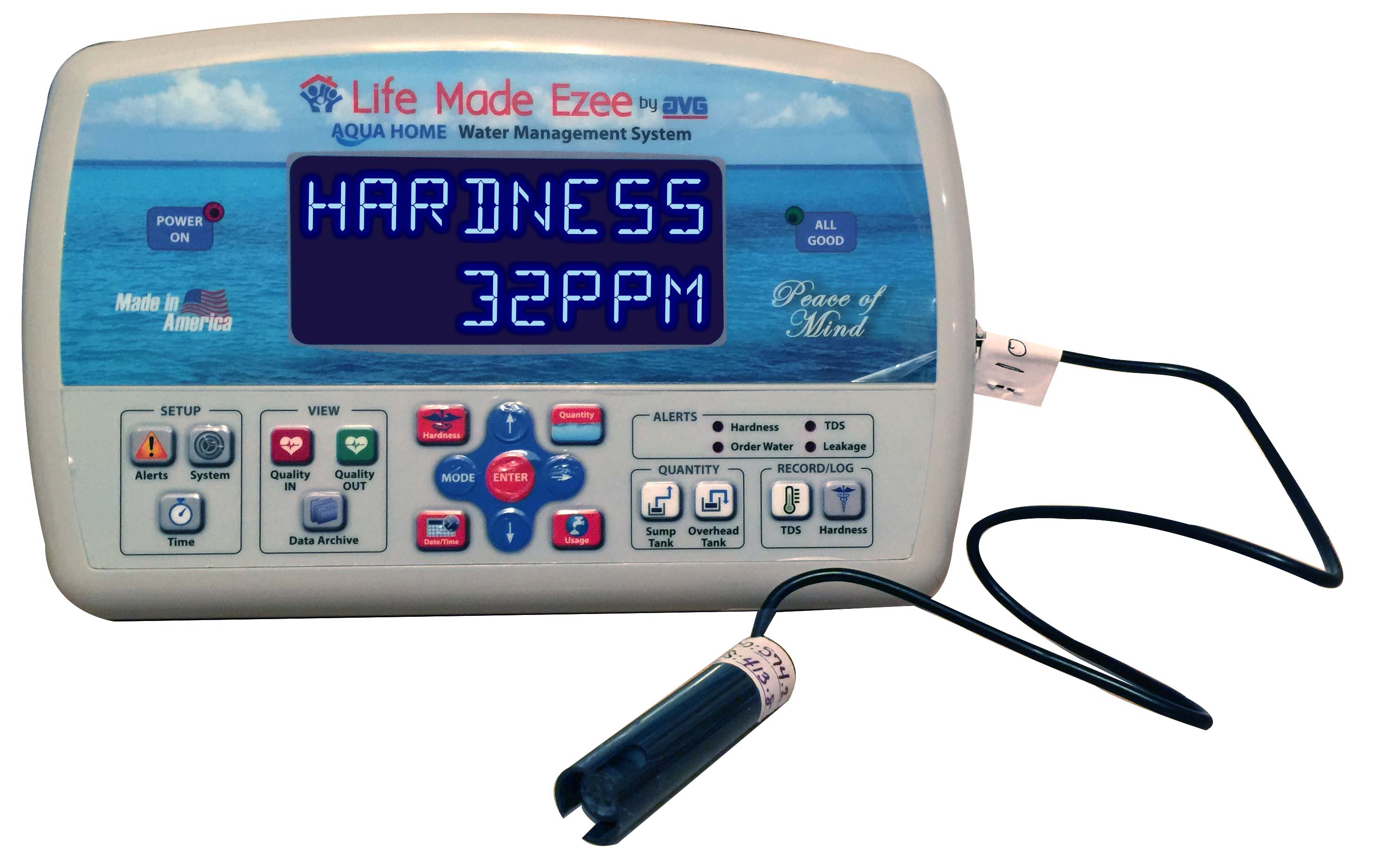Water Hardness Basics
Water from the Heavens, that is the water from the skies, from the clouds, is pure water. That is why we call it as Heavenly water. Water directly from the glaciers is pure water. Water at the origin of Ganga at Gurumukh is pure water. But as the water flows over lime rock found in all river beds, it accumulates Calcium and Magnesium ions, and the hardness of water increases. Similarly when the water flows beneath the surface of earth in to the ground, it flows over lime rock and the hardness increases. Thus bore-well water is even harder than the river water. This phenomenon is not unique to India even though it is somewhat higher in India. Water hardness is measured as Parts per Million that is PPM of Calcium and Magnesium ions in a unit of water. It can also be described as mg/L. So water hardness of 200 PPM means that it has 200 mg of Calcium and Magnesium ions in one Liter of water.
Water Hardness Limits
It is universally accepted as prescribed by WHO, World Health Organization, that water below 60 PPM is considered soft and above that it is hard. Degree of hardness changes from place to place. Life Made Ezee, LME, considers water level over 100 PPM to be very harmful for human body as well as all modern appliances. Water under 50 PPM is good. Water below 35 PPM is really GOOD.
Harmful effects of Hard Water
Hard water is bad for your body, your plumbing and all your appliances. Hard water deposits a layer of calcium and magnesium on anything it comes in contact with. It blocks the “pores’ in your skin so that the skin can not breath, causing dry skin, wrinkles, acne, premature aging, hair-loss, kidney stones and even some form of cancer. This layer of calcium and magnesium is quite visible in constrained plumbing, blocked shower heads, blocked and stained Jacuzzi, stained utensils, rough laundry and loss of color in washed clothes.
Advantages of Soft Water
Like Ameesha Patel says: “Soft water is my best friend”, soft water prevents all the harmful effects of hard water on human body and appliances. It makes your skin and your clothes soft. It saves tens of thousands of rupees per month on detergent costs, un-necessary visits to the saloon, and un-necessary visits to the doctors. It eliminates germs and pesticides when washing your fruits and vegetables. It saves costs on your energy bills. Another amazing advantage of soft water is to extend the life of your car by a better clean and wash, and less corrosion and extended paint life.
Measurement of Water Hardness
Accurate measurement and calculation of water hardness is extremely challenging. Here are some known methods:
 Titration Method: This is a very rough and inaccurate method of measuring water hardness PPM. An experienced process technician takes a measured amount of sample water, mixes it up with measured amounts of chemical Reagents and then count the number of drops of another chemical that cause the water under test to change color. Particularly at lower PPMs of most interest that is between 20 to 100 PPM, it is almost useless. Even above 100 PPM it is widely speculative. It can only give a range. LME sent multiple samples of same water to different so called “accredited” labs and no two results are within 30% of each other. Different Titration kits in the market give different results. Labs charge Rs. 1000 to 2000 per sample depending upon the region of India.
Titration Method: This is a very rough and inaccurate method of measuring water hardness PPM. An experienced process technician takes a measured amount of sample water, mixes it up with measured amounts of chemical Reagents and then count the number of drops of another chemical that cause the water under test to change color. Particularly at lower PPMs of most interest that is between 20 to 100 PPM, it is almost useless. Even above 100 PPM it is widely speculative. It can only give a range. LME sent multiple samples of same water to different so called “accredited” labs and no two results are within 30% of each other. Different Titration kits in the market give different results. Labs charge Rs. 1000 to 2000 per sample depending upon the region of India.
- Electro-physics Method: This requires a very expensive machine to study the molecular composition of water under test. Most so called “accredited’ labs charging Rs. 4000 per test are grossly off for lack of properly maintained machine. Using a properly maintained and certified machine would yield in the most accurate measurement, but that would cost upwards of Rs. 25,000 per test.
-
 Ion Selective Probes: This is the most practical and accurate method of water hardness measurement known to mankind so far. However, the problem here is that this method requires an environmentally controlled laboratory free of dust and other airborne particles, at least a Class 100 clean room. In addition, it is very time consuming. It takes over 60 minutes to get an accurate reading.
Ion Selective Probes: This is the most practical and accurate method of water hardness measurement known to mankind so far. However, the problem here is that this method requires an environmentally controlled laboratory free of dust and other airborne particles, at least a Class 100 clean room. In addition, it is very time consuming. It takes over 60 minutes to get an accurate reading.
-
 LME INVENTION: LME WMS features a unique innovative probe that can read water hardness accurately from 5 PPM to 5000 PPM. The probe is plugged into the Main Data and Control Panel (MDCP) and measures the water hardness of the sample water in typically 2:20 minutes, but a maximum of 5 Minutes. This probe technology is covered by multiple patents pending in the United States.
LME INVENTION: LME WMS features a unique innovative probe that can read water hardness accurately from 5 PPM to 5000 PPM. The probe is plugged into the Main Data and Control Panel (MDCP) and measures the water hardness of the sample water in typically 2:20 minutes, but a maximum of 5 Minutes. This probe technology is covered by multiple patents pending in the United States.
International comparisons
Whereas Indians have now gotten used to the idea of having RO water to drink, which is only 20 liters a day, but they have yet to realize that hard water for human skin and hair is equally if not much more damaging to your health and also your bank account. Average Indian household has water hardness in the 300 PPM range, whereas almost 99.99% of American households would have a water hardness less than 50 PPM.